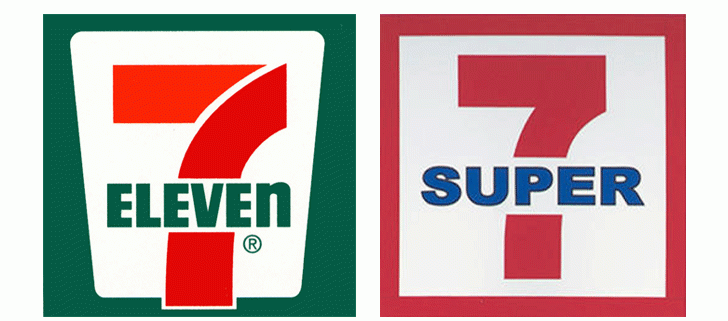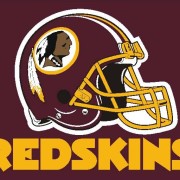Use Caution When Creating A Company Logo to Avoid Trademark Infringement
Have you ever been to a store that has a logo awfully similar to its competitor? Perhaps you have seen an online shop with a logo oddly familiar to another company logo? I’ve seen this twice this week which brings me to publish this information. When two company logos are strikingly similar it is possible a trademark infringement has been committed. The following is some information the United States Patent & Trademark Office published:
What is trademark infringement?
Trademark infringement is the unauthorized use of a trademark or service mark on or in connection with goods and/or services in a manner that is likely to cause confusion, deception, or mistake about the source of the goods and/or services.
What will happen if someone sues me for trademark infringement
A trademark owner who believes its mark is being infringed may file a civil action (i.e., lawsuit) in either state court or federal court for trademark infringement, depending on the circumstances. However, in most cases, trademark owners choose to sue for infringement in federal court. Even when a plaintiff chooses state court, it may be possible for the defendant to have the case “removed” to federal court.
If the trademark owner is able to prove infringement, available remedies may include the following:
- a court order (injunction) that the defendant stop using the accused mark;
- an order requiring the destruction or forfeiture of infringing articles;
- monetary relief, including defendant’s profits, any damages sustained by the plaintiff, and the costs of the action; and
- an order that the defendant, in certain cases, pay the plaintiffs’ attorneys’ fees.
Conversely, a court may find instead that (1) you are not infringing the trademark, (2) a defense bars the plaintiff’s claim(s), or (3) other reasons exist why the trademark owner is not entitled to prevail.
How do I know whether I’m infringing?
To support a trademark infringement claim in court, a plaintiff must prove that it owns a valid mark, that it has priority (its rights in the mark(s) are “senior” to the defendant’s), and that the defendant’s mark is likely to cause confusion in the minds of consumers about the source or sponsorship of the goods or services offered under the parties’ marks. When a plaintiff owns a federal trademark registration on the Principal Register, there is a legal presumption of the validity and ownership of the mark as well as of the exclusive right to use the mark nationwide on or in connection with the goods or services listed in the registration. These presumptions may be rebutted in the court proceedings.
Courts have generally looked at the following eight factors to analyze whether a particular situation has developed the requisite “likelihood of confusion” :
- the similarity in the overall impression created by the two marks (including the marks’ look, phonetic similarities, and underlying meanings);
- the similarities of the goods and services involved (including an examination of the marketing channels for the goods);
- the strength of the plaintiff’s mark;
- any evidence of actual confusion by consumers;
- the intent of the defendant in adopting its mark;
- the physical proximity of the goods in the retail marketplace;
- the degree of care likely to be exercised by the consumer; and
- the likelihood of expansion of the product lines.
Learn More: http://www.uspto.gov/page/about-trademark-infringement
If you’re being sued for Trademark Infringement, speak with a knowledgeable attorney about this matter immediately.
Here is some information the USPTO publishes about this topic:
How does a trademark infringement lawsuit begin?
A trademark lawsuit begins when the trademark owner files a complaint with a court alleging trademark infringement. Among other things, the complaint names the parties involved and sets forth the allegations that form the basis of the lawsuit. Trademark owners who decide to sue may file their complaint in either state court or federal court, depending on the circumstances. However, in most cases, the trademark owner, as plaintiff, will choose federal court. Even when a plaintiff chooses state court, it may be possible for the defendant to have the case “removed” to federal court.
Frequently, either before or at the time a complaint is filed, the trademark owner or the owner’s attorney may send you a letter/email or otherwise contact you to make claims about the owner’s trademark rights and demand that you take certain actions, such as ceasing use of your mark.
Learn More About Being Sued For Trademark Infringement: http://www.uspto.gov/trademark/ive-been-sued
Read about a sample case involving trademark infringement: 7-Eleven Wins Trademark Infringement Suit vs. Super-7 Store








